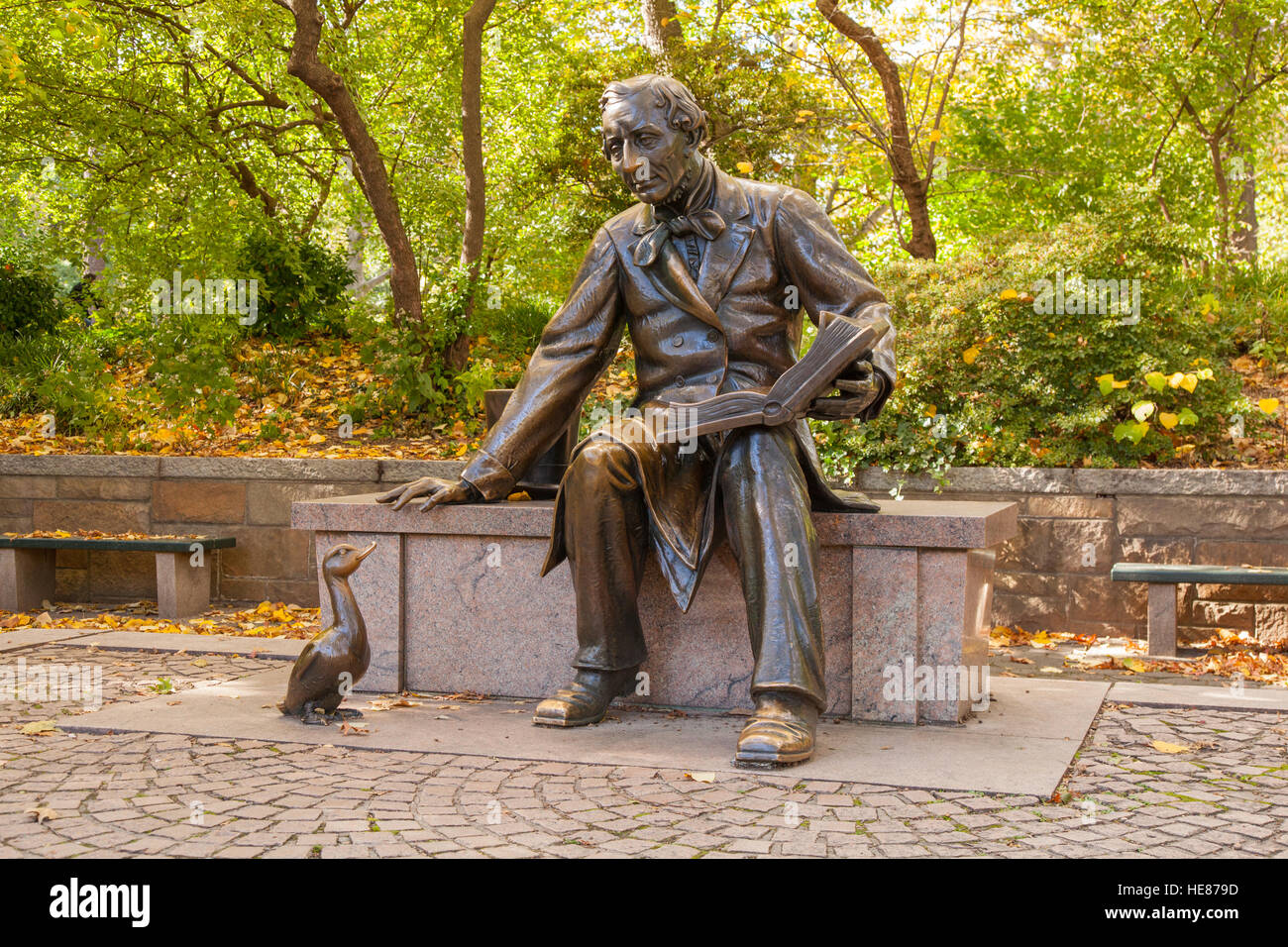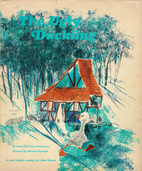

This distinctiveness set him apart, foreshadowing the artistic blossoming that was to come. His father, a cobbler with love for literature, instilled the young Andersen with a zeal for reading, an enthusiasm not shared by his peers. Hans Christian Anderson wrote so poignantly about this because he lived it.īorn into the crushing poverty of Odense, Denmark, Andersen felt marked by his stark divergence from the norm. In horror and despair, the ugly duckling runs away. Ridiculed, chased, insulted, and kicked, even the mother abandons her goodwill and wishes him gone. But, one by one, the barnyard creatures assess him and announce he is deficient. Seeing he can at least swim, she gives him a chance to belong. The story begins as the mother hen suspects something is off with her one oddly large egg and normalizes the duckling’s uncanny size when he’s born. The Ugly Duckling tale captures the archetypal theme of journeying from misery to fulfillment.

Just as Jung suggested, we need relationships to feel whole even though we are afraid of being hurt. When the Self finally activates, it drives us toward reality-only through regarding ourselves accurately and meeting the eyes of others can we discover our true nature. The combination of alienation and desperation drives us to merge with others’ feelings and paradoxically escape into fantasies. The ugly duckling’s capacity to endure and find refuge in his fellow swans can hearten us during the long winters of our lives.Īs an individuation metaphor, the tale dramatizes how many of us feel essentially different than our playmates and family. People who seem different or have not yet matured into their natural beauty endure scorn that can bring them to despair.

Hans Christian Anderson’s famous tale paints a poignant picture of a child’s rejection only because he was born in the wrong nest.

We all understand the Ugly Duckling complex because we’ve lived it at one time or another.


 0 kommentar(er)
0 kommentar(er)
